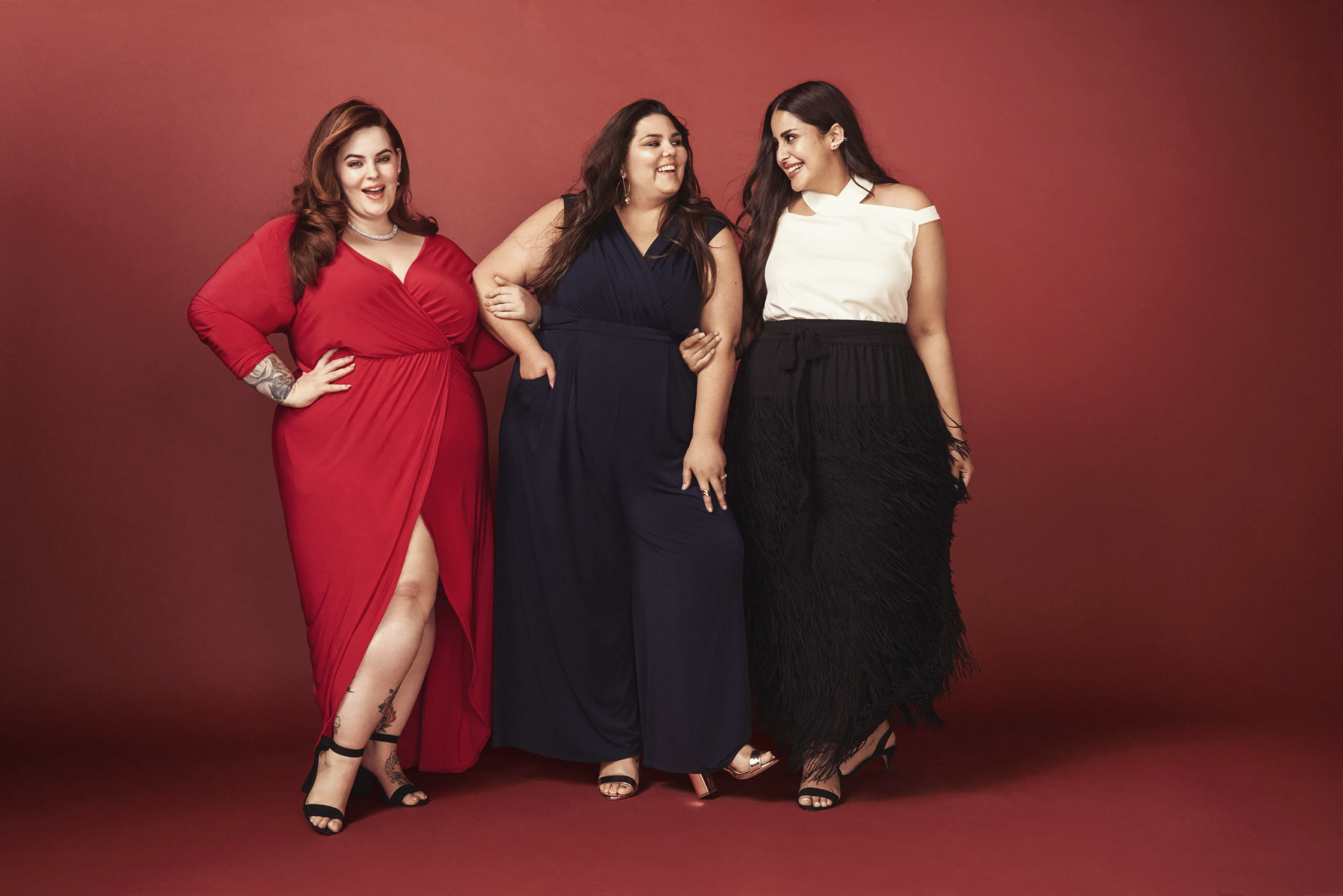How to Create a Minimalist Lifestyle: A Complete Guide

In today’s fast-paced world, we are surrounded by endless choices, possessions, and distractions. While having more can feel exciting at first, it often leads to stress, clutter, and decision fatigue. That’s where minimalism comes in — a way of living that focuses on what truly matters and removes the unnecessary.
Minimalism isn’t about living with only a toothbrush and a mattress. It’s about simplifying your life so you can enjoy more peace, freedom, and happiness. This guide will walk you through exactly how to create a minimalist lifestyle in a practical, realistic way.
What Is a Minimalist Lifestyle?
A minimalist lifestyle is about living intentionally with fewer possessions, commitments, and distractions, so you can focus on what’s important.
It’s not just about decluttering your closet — it’s about decluttering your mind, time, and priorities. Minimalism can look different for everyone. For some, it means owning less; for others, it means having fewer social obligations or cutting down digital noise.
At its heart, minimalism is a personal choice to create more space for the things that bring you joy.
Step 1: Define Your “Why”
Before you start giving away clothes or deleting apps, you need to understand why you want to become a minimalist.
Ask yourself:
- Do I want less stress in my life?
- Do I want to save money?
- Do I want more time for hobbies, family, or travel?
- Am I tired of feeling overwhelmed by my possessions?
Your “why” will be your motivation when the process feels hard. Minimalism is a lifestyle shift, not a one-time clean-up.
Example:
If your “why” is to save money, you’ll be more mindful about shopping. If your “why” is to have more time, you’ll focus on simplifying commitments.
Step 2: Start Small with Decluttering
The easiest place to begin is with your physical space. Start small — don’t try to declutter your entire home in one day.
Here’s a beginner-friendly approach:
- Pick one area – a drawer, a shelf, or a single closet.
- Use the “3-box method” – one box for keep, one for donate, and one for throw away.
- Ask yourself – Do I use this? Does it bring me joy? If not, let it go.
Pro Tip:
If you can’t decide whether to keep something, put it in a “maybe” box. If you don’t use it within 30 days, donate it.
Step 3: Simplify Your Wardrobe
Clothing is one of the easiest ways to start practicing minimalism. Many people wear the same favorite outfits repeatedly, yet keep dozens of items “just in case.”
Consider building a capsule wardrobe — a small collection of versatile pieces that can be mixed and matched easily.
Benefits of a minimalist wardrobe:
- Less time deciding what to wear.
- Less laundry and clutter.
- More space for clothes you truly love.
Example:
Instead of 30 shirts, keep 8–10 that fit well and match your style.
Step 4: Limit Digital Clutter
Minimalism isn’t just about physical items — your digital life can be just as overwhelming. Too many apps, endless notifications, and overflowing email inboxes can drain your focus.
Ways to reduce digital clutter:
- Unsubscribe from newsletters you never read.
- Delete unused apps from your phone.
- Organize files into clear folders.
- Set specific times to check email and social media instead of constantly scrolling.
By cutting down on digital distractions, you’ll have more mental space and better focus.
Step 5: Be Mindful with Purchases
One of the main principles of minimalism is buying less and choosing better. This doesn’t mean never buying anything again — it means being intentional.
Before buying something, ask:
- Do I truly need this?
- Can I borrow it or find it second-hand?
- Does it add value to my life?
- Will it last a long time?
Choosing quality over quantity not only saves money in the long run but also prevents clutter from piling up again.
Step 6: Simplify Your Schedule
Minimalism also applies to how you spend your time. A busy schedule filled with unnecessary commitments can be just as stressful as a cluttered room.
To simplify your schedule:
- Say no to activities that don’t align with your goals.
- Prioritize rest and downtime without feeling guilty.
- Keep a weekly to-do list with only the most important tasks.
By protecting your time, you create more space for what matters — relationships, hobbies, and personal growth.
Step 7: Practice Gratitude
Minimalism works best when paired with gratitude. Instead of focusing on what you’ve given up, focus on what you’ve gained: more time, less stress, and a clearer mind.
A simple gratitude habit:
Every night, write down three things you’re thankful for. This helps shift your mindset from “I don’t have enough” to “I have more than enough.”
Step 8: Keep It Ongoing
Minimalism isn’t a one-time project — it’s an ongoing process.
- Do a seasonal declutter every few months.
- Regularly review your spending habits.
- Revisit your “why” when you feel tempted to go back to old patterns.
Over time, you’ll find that minimalism becomes second nature. You’ll naturally think twice before buying something, and you’ll value experiences over things.
Benefits of a Minimalist Lifestyle
Here’s a quick comparison of life before and after minimalism:
| Aspect | Before Minimalism | After Minimalism |
| Home | Cluttered rooms, hard to find things | Organized, spacious, easy to clean |
| Finances | Impulsive spending, debt | Intentional purchases, more savings |
| Time | Busy schedule, little rest | More free time, better focus |
| Mindset | Overwhelmed, stressed | Calm, grateful, focused |
| Relationships | Distracted, less quality time | More present, deeper connections |
Final Thoughts
Creating a minimalist lifestyle is not about deprivation — it’s about freedom. Freedom from clutter, unnecessary stress, and constant busyness. It’s about designing a life where you can breathe, focus, and enjoy what truly matters.
Start small, stay consistent, and remember your “why.” Soon, you’ll discover that less really can be more.
FAQs About Creating a Minimalist Lifestyle
1. Is minimalism the same as being frugal?
No. While frugality focuses on saving money, minimalism focuses on living with intention. You might spend more on quality items in minimalism, whereas frugality is mainly about spending less.
2. Can I be a minimalist if I have a family?
Absolutely! Minimalism can be adapted for families by simplifying schedules, reducing toys, and focusing on experiences rather than things.
3. Does minimalism mean I can’t have hobbies that require equipment?
Not at all. Minimalism encourages keeping items that bring you joy or add value — so if your hobby matters to you, keep the tools you need.
4. How do I deal with gifts when living minimally?
Communicate with loved ones about your lifestyle. You can suggest experience-based gifts (like concert tickets) instead of physical items.
5. Will minimalism make me happier?
While minimalism doesn’t guarantee happiness, it often leads to reduced stress, clearer priorities, and more time for what matters — all of which can improve well-being.



